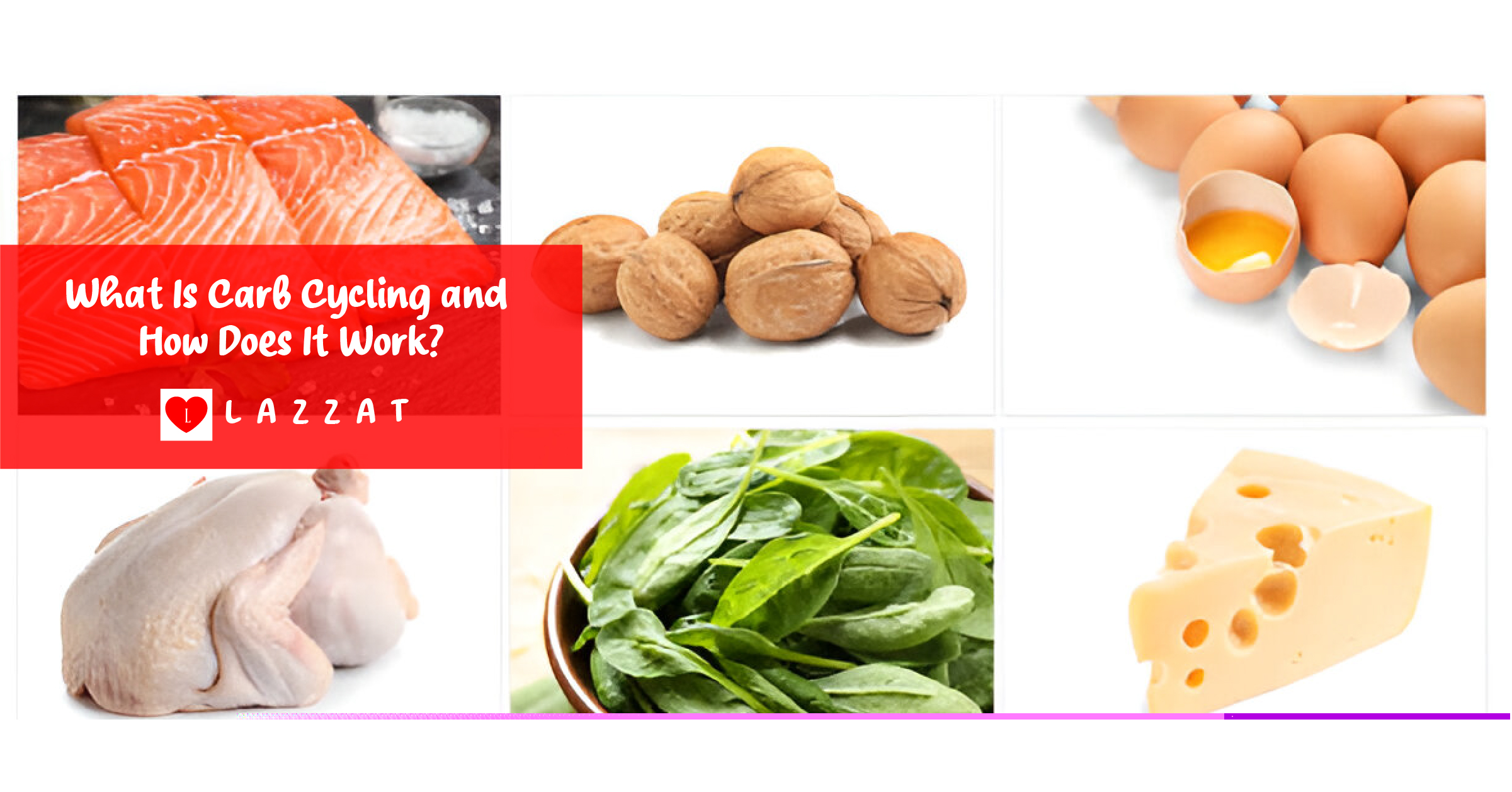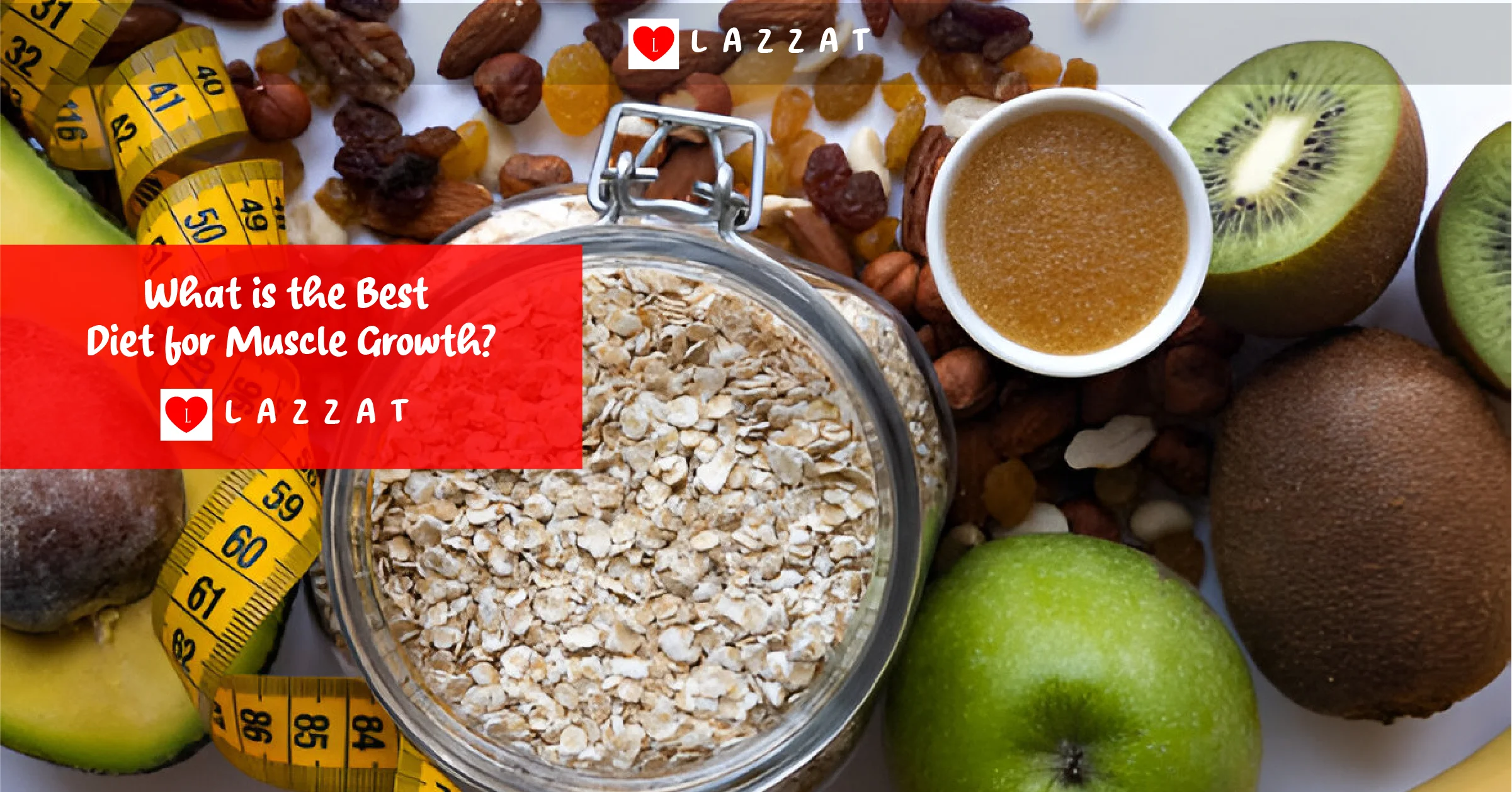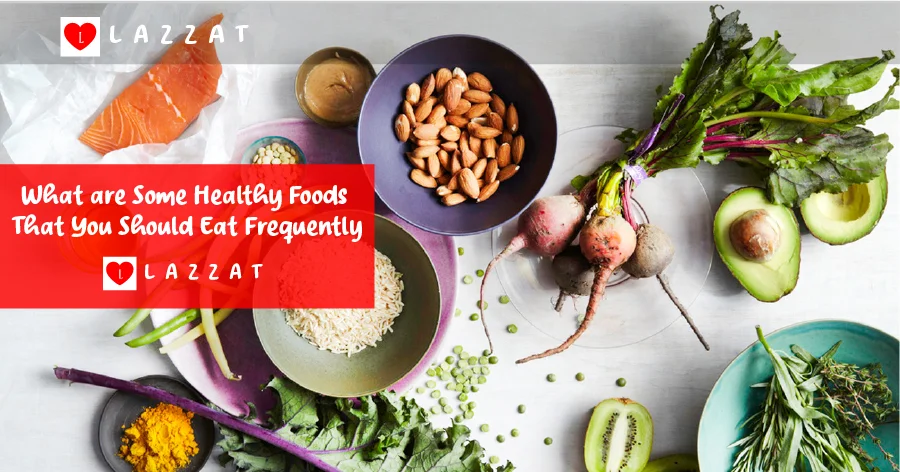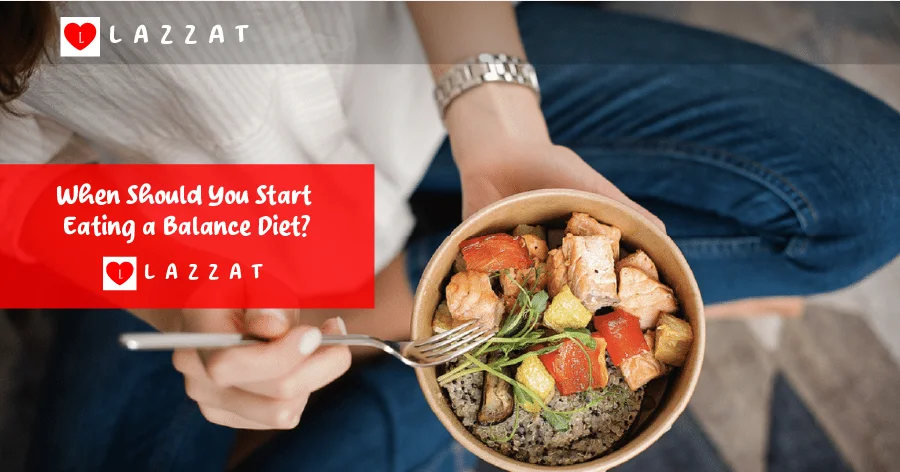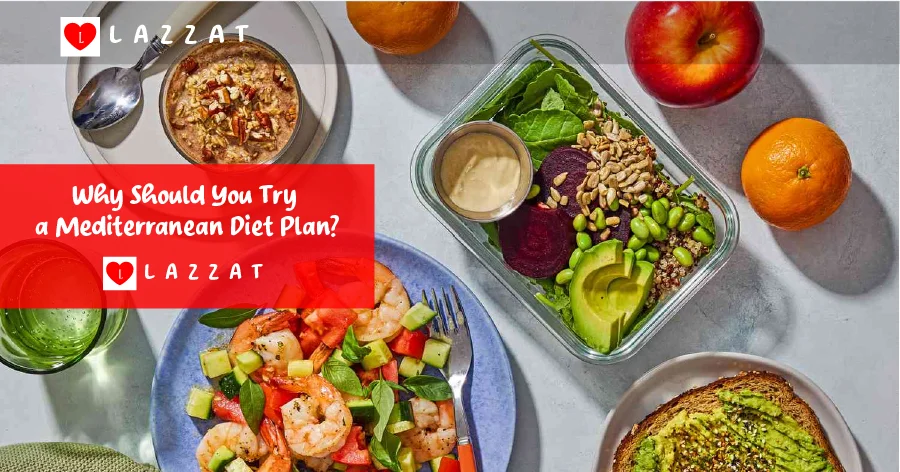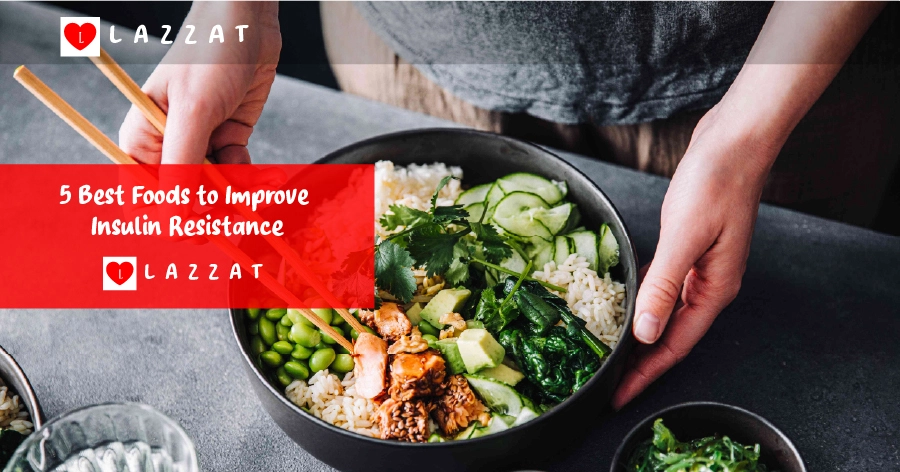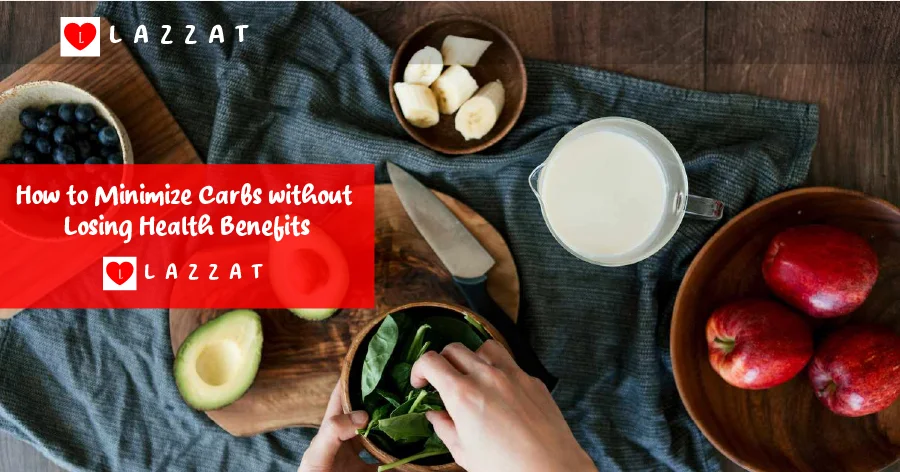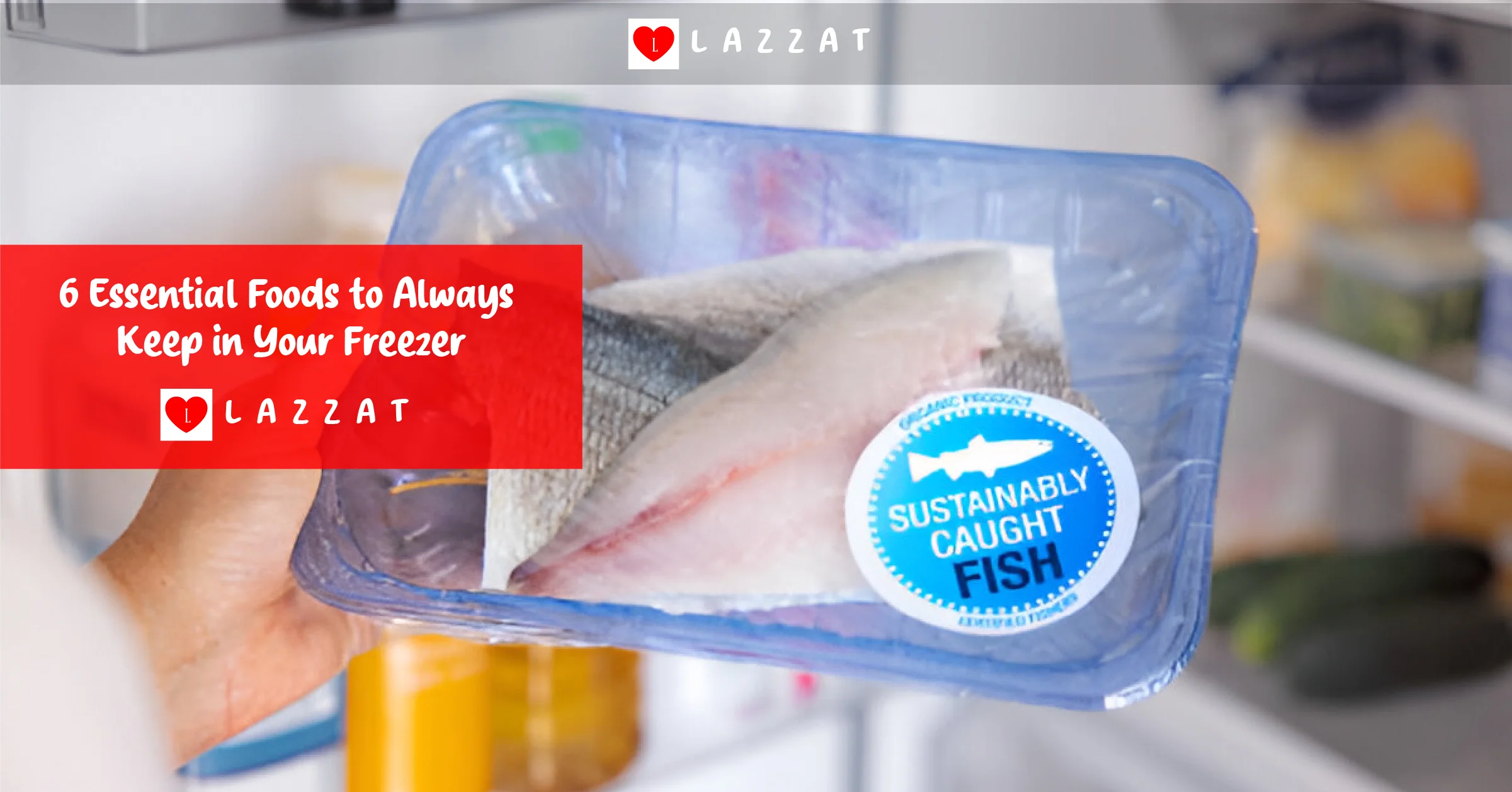Struggling to lose fat without feeling drained? Carb cycling might be the solution you’ve been missing. Unlike strict low-carb diets that leave you sluggish or high-carb plans that stall weight...
Building muscle isn’t just about lifting weights—your diet plays a crucial role in maximizing gains. You could spend hours in the gym, but without the right nutrition, your progress will stal...
Have you ever wondered if skipping breakfast could actually be good for you? Or if eating within a specific time window might help you lose weight and feel more energized? That’s the idea behind&nbs...
Eating a balanced diet is key for your health. Adding a variety of nutritious foods to your meals gives your body what it needs. This includes fresh fruits, vegetables, whole grains, an...
As a vegetarian, it’s key to eat a balanced diet for your health. Switching to a plant-based diet can be tough, but it’s doable. We’ll cover the basics of vegetarian nutrition, an...
Your immune system is key to staying healthy and fighting off sickness. But, many foods can harm it. We’ll look at the top five worst ingredients that can weaken your immune system. These includ...
Good nutrition is key to a healthy, vibrant life. Many think you only need it when you’re grown up. But, it’s important for everyone, from kids to young adults. A balanced diet can great...
The Mediterranean diet is known for its health benefits. It’s based on the eating habits of countries near the Mediterranean Sea. This diet focuses on plant-based foods that help your heart, man...
Keeping your blood sugar levels healthy is key to your well-being. If you’re dealing with insulin resistance, where your cells don’t respond well to insulin, the right foods can help....
Finding the right balance between carbs and health is a big challenge. Cutting down on carbs can be good, but you mustn’t forget your body’s needs. This article will show you how to cut ca...

